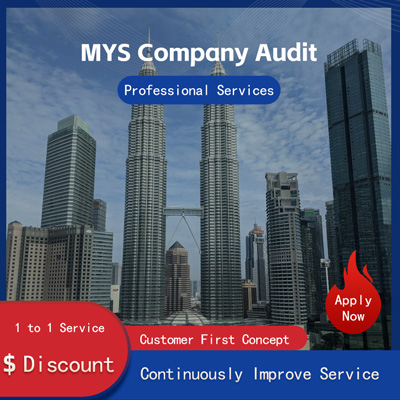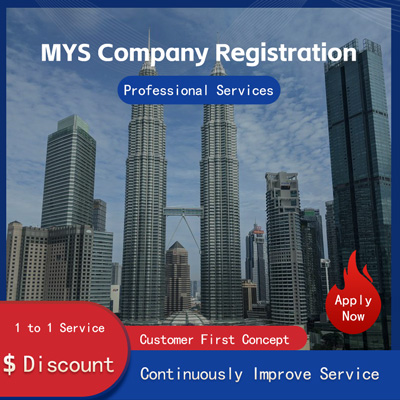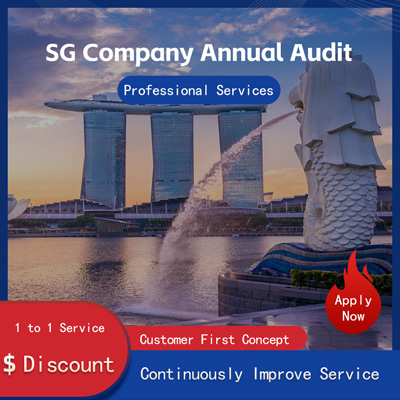
Tax Issues Under the VIE Structure How to Achieve Compliance and Optimization in a Globalized Context?
Taxation Issues under the VIE Structure Finding the Balance Between Compliance and Optimization in a Globalized Era
With the deepening of globalization, multinational enterprises are increasingly focused on tax compliance and optimization. As a critical tool for Chinese internet companies to achieve overseas financing and listing, the VIE Variable Interest Entities structure has faced numerous challenges and opportunities in the field of tax planning in recent years. Against the backdrop of tightening global tax regulation, how to ensure compliance while achieving tax optimization has become an urgent issue for many companies.
I. Tax Characteristics and Challenges of the VIE Structure
The VIE structure originated from legal restrictions on foreign investment in certain industries in China. By using contractual arrangements rather than equity control, companies can list overseas without violating China’s foreign investment access policies. The core of this structure lies in a series of contracts that allow the overseas listed entity to control the domestic operating entity and consolidate its financial data into the overseas parent company’s financial statements.
From a tax perspective, the VIE structure typically involves multiple jurisdictions, including China, the Cayman Islands, Hong Kong, and the United States, which complicates cross-border tax planning. On one hand, companies must navigate differences in tax systems and enforcement requirements across countries. On the other hand, as global tax transparency intensifies-driven by initiatives such as the OECD’s BEPS Base Erosion and Profit Shifting Action Plan-tax authorities are increasingly scrutinizing profit shifting by multinational corporations, rendering traditional tax strategies less effective.
II. Recent Tax Policy Changes and Regulatory Trends
In recent years, Chinese tax authorities have significantly strengthened oversight of cross-border tax sources. In 2025, the State Taxation Administration issued a notice requiring more detailed disclosure of cross-border related-party transactions and enhancing scrutiny of transfer pricing and cross-border intangible asset transfers. This policy directly affects VIE-structured companies, especially those transferring profits from China to overseas.
The OECD-led global minimum tax reform also has far-reaching implications for tax planning under the VIE framework. In 2025, over 130 countries, including China, agreed to implement a 15% global minimum tax rate to prevent multinational enterprises from shifting profits to low-tax jurisdictions. This means that traditional strategies-such as setting up holding companies in tax havens like the Cayman Islands or Bermuda-will face increasing challenges.
III. Practical Paths for Tax Optimization under the VIE Structure
Despite the tightening regulatory environment, companies can still achieve tax optimization through rational planning while maintaining compliance. The following areas deserve attention
1. Optimizing Cross-border Cash Flow Arrangements
Companies should reevaluate their cross-border payment structures and reasonably plan the payment of royalties, service fees, and interest to ensure compliance with transfer pricing rules. Establishing intermediary holding companies in jurisdictions with extensive tax treaty networks-such as Singapore or the Netherlands-can help reduce overall cross-border tax burdens.
2. Strengthening Transfer Pricing Documentation Management
With the advancement of the BEPS Action Plan, companies must provide comprehensive comparability data and justifications for commercial rationality in cross-border transactions. VIE-structured companies should proactively prepare complete transfer pricing documentation, including local files and master files, to meet tax authority reviews.
3. Leveraging Preferential Tax Policies
Certain regions in China offer tax incentives for high-tech enterprises and software companies. Domestic operating entities within VIE structures can apply for relevant tax relief by aligning with their business nature, thereby reducing the overall tax burden.
4. Clarifying Intangible Asset Ownership and Pricing
In VIE structures, intangible assets such as brands, patents, and user data often play a key role in cross-border transactions. Companies must clearly define ownership, usage methods, and pricing mechanisms to avoid being perceived as engaging in unreasonable profit shifting.
IV. Case Study Tax Compliance Practices of a Leading Internet Company
Take a major e-commerce platform as an example. Using a VIE structure for overseas listing, the company’s tax planning has evolved from avoidance to compliance and optimization. In recent years, it has proactively adjusted its cross-border related-party transaction structure by introducing intermediary holding companies to benefit from tax treaties. It has also enhanced the preparation and disclosure of transfer pricing documentation. Meanwhile, the company actively applied for high-tech enterprise status in China to benefit from the 15% preferential corporate income tax rate. These measures not only improved its tax compliance but also supported the control of global tax costs.
V. Conclusion
Under the dual pressures of globalization and tax regulation, companies operating under the VIE structure can no longer rely on traditional tax strategies. Instead, they must shift toward a compliance-based and strategy-oriented tax planning approach. Companies should strengthen collaboration with professional tax advisors, tailor strategies based on their business characteristics and evolving global tax policies, and develop flexible, sustainable tax plans. Only in this way can they strike the right balance between compliance and optimization in an increasingly stringent global tax governance environment.

Helpful (0)
No help (0)
Still have questions after reading? More than 98,000 users have contacted us. Please fill in the following information to obtain business information.

Previous Article
Singapore Offshore Company Taxation Unveiling Wealth Management Strategies for Successful Entrepreneurs
Aug 02, 2025Service Scope
MoreRecommended for You
- How to Start a Company in Singapore? A Step-by-Step Guide to Registration and Launching Your Overseas Business with Ease
- Thinking of going global? Starting with a Singapore company registration is actually easy
- Why Do Companies Need Banks to File ODI When Going Global?
- How to File Taxes for an Offshore Company in Singapore? A Clear Guide to Key Points and Practical Tips
- Registering a Company in Singapore A Great Way to Unlock Global Business Opportunities
- How Can Dongguan Companies Smoothly Register a Company in Singapore? A Step-by-Step Guide with Key Details You Need to Know!
- Thinking of starting a company in Singapore? Here are the registration requirements you should know first
- What Documents Do Singaporeans Need to Register a Company? All You Need to Know in One Article
- How Much Does It Cost to Register a Company in Singapore? A Clear Breakdown of Fees and What You’re Really Paying For
- How to Set Up a Company in Singapore Step by Step A Beginner’s Guide to Launching Your Global Startup Journey
- A Deep Dive into Setting Up a Subsidiary in Singapore - Your Smooth Path to Going Global
- Before Taking on a Singapore Audit Project, Here Are Key Points You Need to Know!
- A Complete Guide to Starting a Business in Singapore Step-by-Step Help to Earn Your First Fortune
- Why DBS Bank from Singapore is the Darling of the Global Finance World
- Get the Inside Scoop on Singapore Company Audits What You Need to Know About ACRA Reviews
- Do You Really Know How to Name a Company in Singapore? Must-Know Tips Inside!
- How to Start a Company in Singapore? A Step-by-Step Guide to Registration Requirements and Process!
- How Much Does It Cost to File Taxes for a Singapore Company? Everything You Need to Know - Are You Ready?
- Don't Panic! Missed Your Singapore Company's Annual Filing? Here’s How to Fix It Easily
- How Much Does It Cost to Register an Offshore Company in Singapore? A Complete Guide to the Process


 ONE
ONE








Customer Reviews
Small *** Table
December 12, 2024The experience was very good. I was still struggling to compare it with other companies. I went to the site a few days ago and wanted to implement it as soon as possible. I didn't expect that everything exceeded my expectations. The company is very large, with several hundred square meters. The employees are also dedicated and responsible. There is also a wall of certificates. I placed an order on the spot. It turned out that I did not make a wrong choice. The company's service attitude is very good and professional. The person who contacted me explained various things in detail in advance. After placing the order, the follow-up was also very timely, and they took the initiative to report the progress to me. In short, I am very satisfied and recommend this company!
Lin *** e
December 18, 2024When I first consulted customer service, they recommended an agent to me. They were very professional and patient and provided excellent service. They answered my questions as they came in. This 2-to-1 service model is very thoughtful. I had a lot of questions that I didn’t understand, and it’s not easy to register a company in Hong Kong. Fortunately, I have you.
t *** 7
December 19, 2024I originally thought that they only did mainland business, but I didn’t expect that they had been doing Hong Kong business and were doing very well. After the on-site interview, I decided to ask them to arrange the registration of my Hong Kong company. They helped me complete it very quickly and provided all the necessary information. The efficiency was awesome. It turns out that professional things should be done by professionals.👍
b *** 5
December 16, 2024In order to register a company in Hong Kong, I compared many platforms and stores and finally chose this store. The merchant said that they have been operating offline for more than 10 years and are indeed an old team of corporate services. The efficiency is first-class, and the customer service is also very professional.